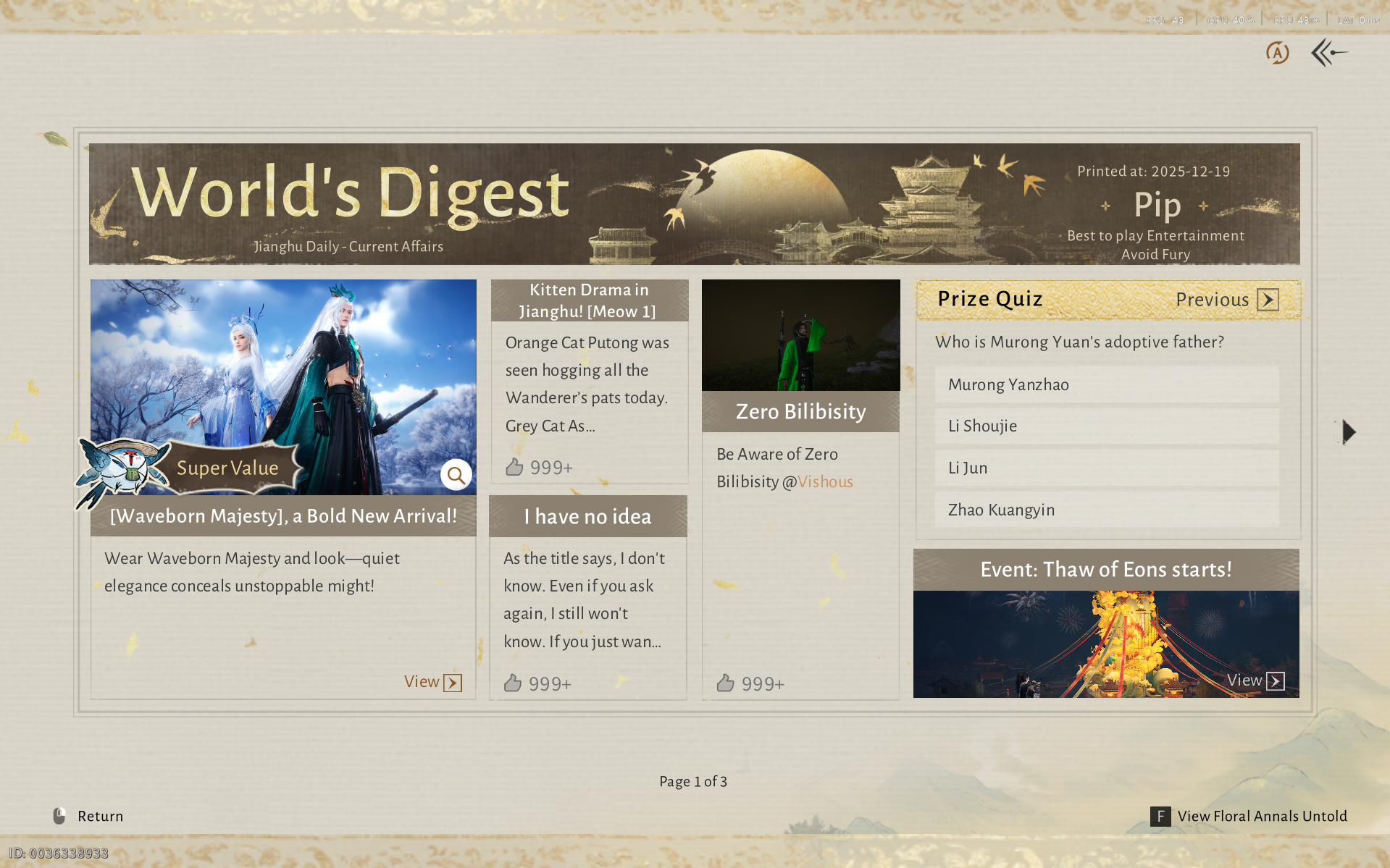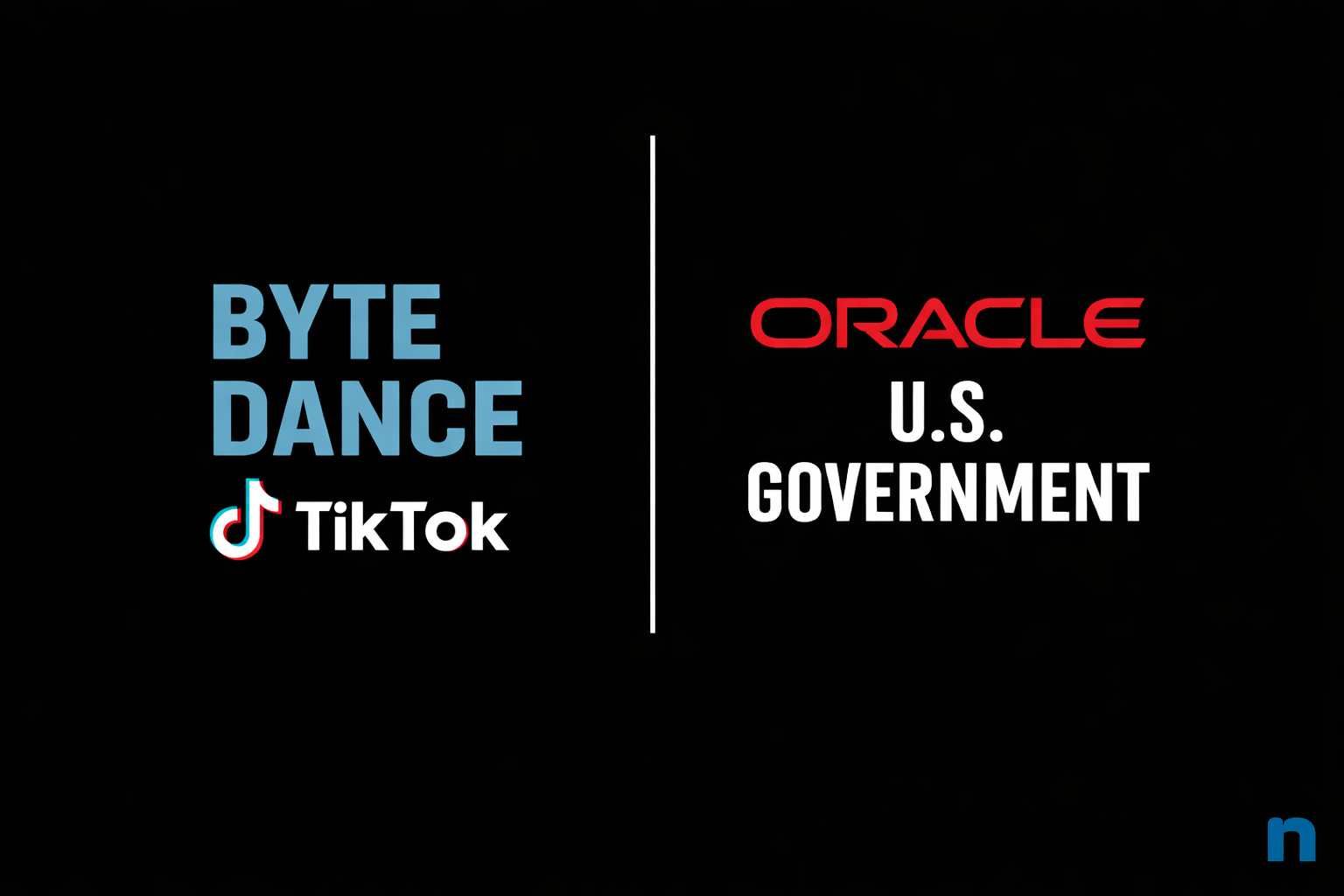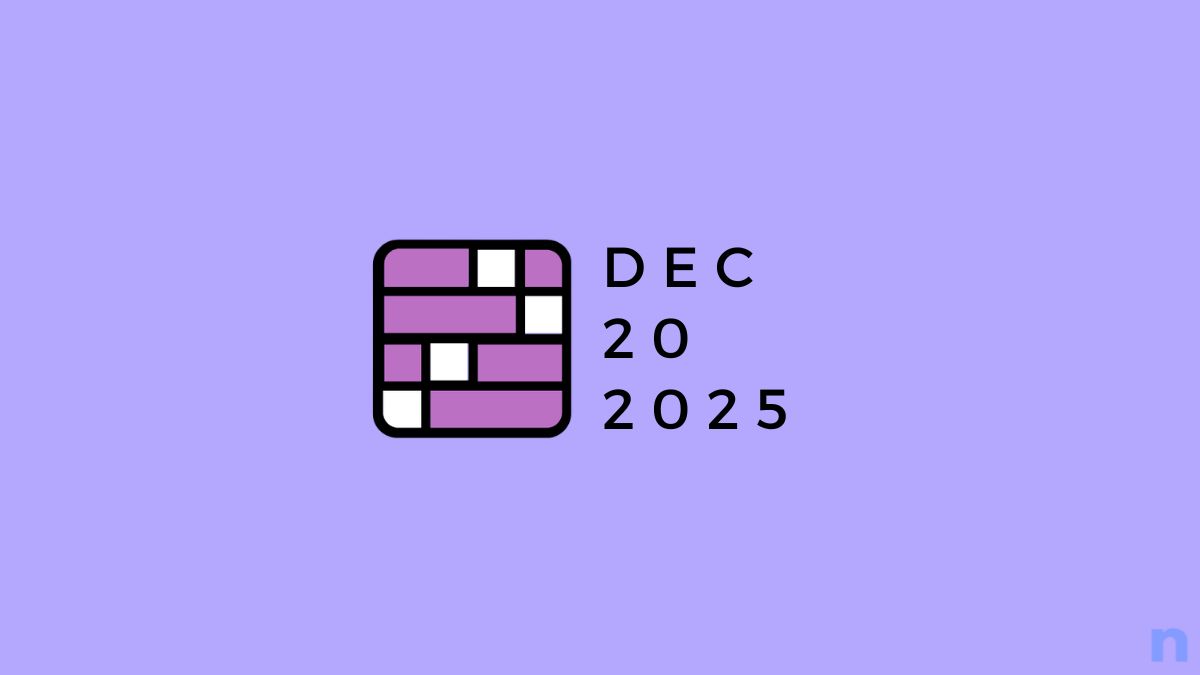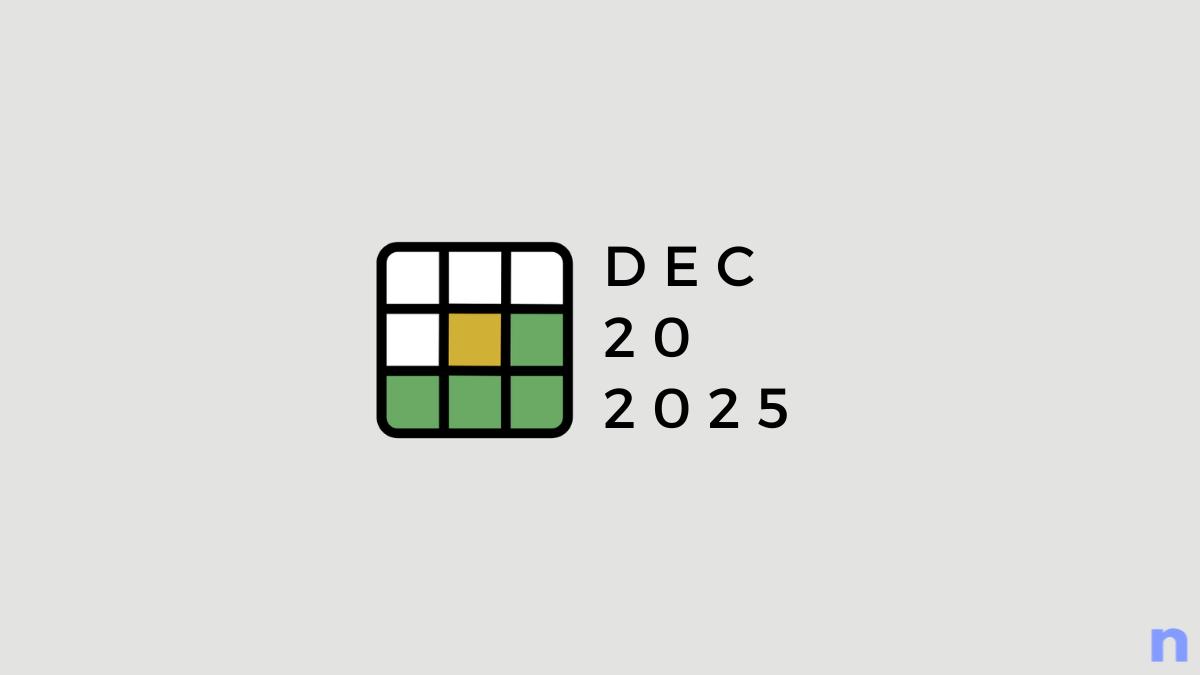The OnePlus 13 is a solid flagship phone that ticks a lot of boxes. It comes with a big 6.82-inch Fluid AMOLED display, so everything looks sharp and smooth, whether you're streaming, gaming, or just scrolling. Under the hood, there’s the Snapdragon 8 Elite processor, which means it handles multitasking and heavy apps without breaking a sweat.
The camera setup is pretty impressive too—three 50 MP lenses on the back, designed with Hasselblad’s input, so your photos come out looking great no matter the lighting. And with a massive 6,000 mAh battery, you won’t be reaching for the charger all day, but when you do, fast charging has you covered.
It’s built tough, has a great feature set, and offers plenty of power. If you’re after a high-end phone, the OnePlus 13 is definitely worth a look.
But there are a few things you need to know before you buy the OnePlus 13. Here's our OnePlus 13 review.
Also, when reviewing the OnePlus 13, you can't ignore comparing it with the iQOO 13 as both offer countless similar specs and features, and for the differences there are, OnePlus 13 asks you to pay Rs 15K more than what iQOO 13 costs. So, is OnePlus 13 worth iQOO13+Rs.15,000? We will answer that too here!
OnePlus 13 review

Overview
For everyone looking to save some bucks on the most premium smartphones, the so-called flagships from Google, Samsung and Apple, and still need a world-class performer, OnePlus 13 is an excellent choice as you no longer have to improvise with water-resistance, wireless charging, and display. You still have to compromise a little with cameras and software, but if you can negotiate that within yourself, OnePlus 13 remains an excellent choice. More info below.
Pros
- The price!
- Superb performance
- Great display
- Great speakers
- Great battery life and charging speed
- Excellent haptic motor
- Excellent speakers (beats even the Pixel 8 Pro)
- Vegan leather option (in blue color)
- Alert slider
Cons
- Cameras are not the best
- Wireless charger is not in the box
- OxygenOS 15 can be underwhelming, especially if you like stock Android from Pixels (or One UI in Samsung Galaxy devices or iOS in iPhones)
- Some bloatware
- Reduced charging speed in the US (at 80W compared to 100W globally)
Design

- Dimensions: 162.9 mm (height) x 76.5 mm (width) x 8.5 mm (depth)
- Weight: 213 grams
- Build Materials:
- Frame: Aluminum
- Back Panel: Available in glass (black and white variants) and vegan leather (blue variant)
- Water and Dust Resistance: IP68/IP69 rating
- Color Options:
- Blue (Midnight Ocean)
- Black (Black Eclipse)
- White (Arctic Dawn)
- Alert slider button: Yes
- Fingerprint scanner: Ultrasonic

We picked up the OnePlus 13 in the blue Midnight Ocean shade, and honestly, we’re loving it. But there’s a little quirk that’s hard to ignore—the silver camera island on the back. It looked a bit off in the promo images, and unfortunately, it’s the same in real life.
The mismatch stands out more as time goes by, and I’ve caught myself wishing we’d gone with the black variant instead. That one has a cool wooden texture, and every time I see it online, it just seems more cohesive.
If you’re planning to grab the OnePlus 13, I’d definitely recommend checking out all the color options in person before making your choice—it’s worth taking that extra step!
The OnePlus 13 is built with an aluminum frame that adds to its durability. The back panel changes depending on the color—black and white models have a glass back, while the blue version opts for vegan leather, giving users a bit of variety based on their style. People often asked me which case I am using on my OnePlus 13, and were pleasantly surprised to learn that the phone doesn't have any case, instead they are looking at a leather back.
In terms of design, it strikes a nice balance between modern looks and usability. It measures 162.9 mm tall, 76.5 mm wide, and 8.5 mm thick, making it a big phone, but still pretty easy to handle. At 213 grams, it feels solid in the hand without being overly heavy.









Despite its size, the OnePlus 13 is surprisingly comfortable to use. Big phones have become the norm, so it’s nice when one feels manageable. Compared to my previous Realme GT 7 Pro, the OnePlus 13 is slightly easier to handle—not a huge difference, but noticeable. Before that, I used the Pixel 8 Pro, which also leaned toward being user-friendly given its size. Overall, the OnePlus 13 does a good job of balancing size and usability.
The slightly rounded sides and corners of the OnePlus 13 definitely make it easier to handle. It even feels slimmer than it actually is, especially compared to my previous phone, the sharper-edged Realme GT 7 Pro. Personally, I prefer the feel of the GT 7 Pro's less rounded edges, but that’s just my preference.
The OnePlus 13 comes with an IP68/IP69 rating, offering excellent dust and water resistance. While most people probably don’t need the IP69 level of protection, it’s nice to have—though I do wonder if it added much to the price. Still, it’s reassuring to know the phone can handle a variety of conditions.

The alert slider, placed near the top left, is super convenient for switching between mute, vibrate, and ring modes without unlocking the phone—a handy feature borrowed from the iPhone. The volume buttons are satisfying to press, with a soft, medium click that feels just right.
Call quality has been solid so far, which is great because I had some issues with Wi-Fi calling on the Realme GT 7 Pro (a sibling device to the OnePlus 13 in terms of hardware and software). Thankfully, there haven’t been any such problems here.
The ultrasonic fingerprint scanner works flawlessly, with no hiccups. Its placement—somewhere between the center and bottom of the screen—is spot on and feels natural to use.
Overall, the OnePlus 13 combines durable materials with a well-thought-out design, resulting in a device that’s both practical and polished. It feels like a phone built to last while still being easy to live with day to day.
About the camera island design at the back, especially its position...

The OnePlus 13 features a circular camera island positioned on the left side of the back panel, a departure from the more common central alignment found in many smartphones. It's still eerily similar to OnePlus 12, which featured a weird metallic frame continuing from the side frame – we are so happy to see that gone and have the camera island not tied to the device's frame. Something that Google did with Pixel 9 too against the Pixel 8.
The left-offset placement of the camera island contributes to the device's distinctive appearance. However, we are happy to report that this asymmetrical positioning didn't affect the phone's balance much when placed on flat surfaces, and did not cause it to wobble easily during use. Unless you press a bit hard, the OnePlus 13 won't wobble. So, it' fine as far taps are concerned. Users who frequently use their phones while they are resting on a table or desk need not worry.
In summary, the OnePlus 13's left-aligned camera island offers a unique (yet controversial) aesthetic that sets it apart from other smartphones. While this design enhances visual distinction, it may introduce minor practical considerations regarding device stability during certain types of use.
But we are still not a fan of this camera island design. It's in silver color on our blue OnePlus 13, and I do feel after a month's use now that it's indeed destroying the phone's design a bit. The matching camera island on the black colored OnePlus 13 is why I am liking that color more than the blue one.
OnePlus 13 design score: 8/10
Performance

With Snapdragon 8 Elite at its heart, like every other device that boats the same processor, the OnePlus 13 benefits greatly from it. Naturally, thanks to the exceptional Snapdragon 8 Elite chipset, the OnePlus 13 obviously represents a significant leap in performance over OnePlus 12 – which is a common story for all flagships this year when it comes to performance index.
The Qualcomm Snapdragon 8 Elite processor is fabricated using a 3-nanometer process, which enhances both power efficiency and computational capabilities. This chipset comprises an octa-core CPU with a configuration of two high-performance cores clocked at 4.32 GHz and six efficiency cores operating at 3.53 GHz, ensuring a balanced approach to performance and energy consumption.
- Processor (SoC): Qualcomm Snapdragon 8 Elite
- Architecture: Octa-core
- High-Performance Cores: 2x Oryon (Phoenix L) at 4.32 GHz
- Efficiency Cores: 6x Oryon (Phoenix M) at 3.53 GHz
- Manufacturing Process: 3 nm
- Graphics Processing Unit (GPU): Adreno 830
- Clock Speed: 1.1 GHz
- FLOPS: Approximately 3.38 TFLOPS
- Memory (RAM): Options of 12 GB, 16 GB, or 24 GB LPDDR5X
- Memory Clock: 5,333 MHz
- Channels: Dual-channel
- Storage: UFS 4.0 with capacities of 256 GB, 512 GB, or 1 TB
- Operating System: OxygenOS 15 based on Android 15
OnePlus 13 benchmark performance
The OnePlus 13 has undergone extensive benchmarking to evaluate its performance across various scenarios. Below is a summary of its scores in several industry-standard tests:
- AnTuTu Benchmark 10:
- Total Score: Approximately 2,800,000
- CPU: 596,552
- GPU: 1,171,008
- Memory: 584,821
- User Experience (UX): 436,344
- Geekbench 6:
- Single-Core Score: 2,991
- Multi-Core Score: 8,922
- 3DMark Wild Life:
- Performance Score: 19,655
- PCMark 3.0:
- Overall Score: 17,322
- Web Browsing: 14,223
- Video Editing: 7,034
- Photo Editing: 31,471
- Data Manipulation: 16,567
- Writing: 22,123
No matter what you throw at OnePlus 13, it can handle it easily. The SD8 Elite chipset is currently the world's best, or among the top two, depending on who you ask – looking at you iPhone 16 Pro users! – and whichever Android device is powered by it, works flawlessly and scores excellently in performance.
The Snapdragon 8 Elite’s octa-core setup makes sure everything runs smoothly, whether you're pushing the phone to its limits or just handling everyday tasks. In Geekbench 6, the OnePlus 13 pulled in an impressive 2,991 single-core and 8,922 multi-core score, proving it’s more than capable of handling multitasking and demanding apps without breaking a sweat.
Graphics? No problem. The Adreno 830 GPU flexes its power with a 19,655 score in 3DMark Wild Life, meaning it can handle high-end gaming and media-heavy tasks with ease—expect fluid frame rates and crisp visuals without hiccups.
And when it comes to memory and storage, OnePlus isn’t playing around. With up to 24GB of LPDDR5X RAM and up to 1TB of UFS 4.0 storage available, you’re looking at blazing-fast app launches, effortless multitasking, and smooth handling of large files. In short? Speed, efficiency, and a lag-free experience all packed into one powerhouse device. Don't worry one bit even if you are opting for the base model that totes 12GB RAM with 256 GB storage, you will still get world-class performance. Our own unit is a 12+256 GB variant as we have not seen it lag or stutter a single time in our one month's of use now.
The OnePlus 13 packs an advanced cooling system with a vapor chamber and multiple heat sensors, keeping things cool even when you’re pushing the phone to its limits. Whether you're gaming, multitasking, or just using it for long hours, the system kicks in to prevent overheating and maintain top-tier performance—no sudden slowdowns here.
You do not have to worry about the day-to-day performance either. It is smooth as butter. Whether you’re browsing, streaming, or juggling productivity apps, everything loads fast and runs without a hitch. The high refresh rate display only makes interactions feel even snappier, adding to that ultra-fluid experience.
And if gaming’s your thing, the Snapdragon 8 Elite + Adreno 830 combo delivers in spades. High frame rates, crisp graphics, and zero stutters, even on demanding titles. Plus, thanks to OnePlus’ smart thermal management, you can game for hours without worrying about overheating throttling your performance.
The Hexagon Neural Processor steps up AI-powered tasks, making everything from image recognition to voice commands faster and smarter. Whether it’s camera scene detection optimizing your shots or your voice assistant responding instantly, AI-driven enhancements make the OnePlus 13 feel more intuitive and responsive in everyday use.
OnePlus has nailed the balance between powerful hardware and optimized software, delivering a flagship experience that doesn’t just look good on benchmarks—it shines in real-world performance too. Whether you’re pushing it with demanding apps or just enjoying a smooth, lag-free experience, the OnePlus 13 delivers on speed and efficiency. And while OxygenOS still isn’t winning any popularity contests, at least it doesn’t get in the way of this beast’s raw performance.
OnePlus 13 performance score: 10/10
Display




- Screen Size: 6.82 inches
- Display Type: LTPO 4.1 Fluid AMOLED
- Resolution: 3168 x 1440 pixels (QHD+)
- Pixel Density: Approximately 510 pixels per inch (PPI)
- Refresh Rate: Dynamic, ranging from 1Hz to 120Hz
- Brightness Levels:
- Typical: 800 nits
- High Brightness Mode: 1600 nits
- Peak Brightness: 4500 nits
- Color Depth: 10-bit, supporting over a billion colors
- Color Gamut Coverage: 100% DCI-P3
- HDR Support: HDR10+ and Dolby Vision
- Design: 2.5D quad-curved structure with a flat appearance and gentle curves on all sides
- Protection: Ceramic Guard for enhanced durability
- Usability Feature: Aqua Touch 2.0 for improved screen responsiveness in various conditions
The OnePlus 13 features a 6.82-inch LTPO 4.1 Fluid AMOLED display with a resolution of 3168 x 1440 pixels, resulting in a pixel density of approximately 510 pixels per inch. The dynamic refresh rate ranges from 1Hz to 120Hz, allowing the display to adjust based on the content, balancing smoothness and energy efficiency.
Brightness levels are notable, with a typical brightness of 800 nits, a high brightness mode reaching 1600 nits, and a peak brightness of 4500 nits. This range ensures visibility across various lighting conditions.
The design incorporates a 2.5D quad-curved structure, providing a flat appearance with gentle curves on all sides. The screen is protected by Ceramic Guard, enhancing its durability against drops and scratches.
Aqua Touch 2.0 technology improves screen responsiveness in various conditions, including wet or oily surfaces, and when the user is wearing gloves.
We didn't encounter any issues in using OnePlus 13 under direct sun. The display remains quite visible and easily usable outside and when indoors, you will love its color production and smoothness and all, especially if you crank up the Screen resolution to "High" and Screen refresh rate to (also) "High" in display settings – at the cost of some battery drain.
The display supports a 10-bit color depth, enabling it to render over a billion colors. It covers 100% of the DCI-P3 color gamut and supports HDR10+ and Dolby Vision formats, contributing to accurate and vibrant color reproduction.
Overall, the OnePlus 13 display maintains a warmer tone. This was especially noticeable when we put it side by side to Realme GT 7 Pro.
OnePlus 13 display score: 9/10
Battery

- Battery Capacity: 6,000 mAh
- Battery Technology: Silicon NanoStack
- Charging Capabilities:
- Wired Charging: 100W SuperVOOC fast charging
- Wireless Charging: 50W wireless charging
- Reverse Wireless Charging: Supported
- Battery Life:
- Video Playback: Up to 11 hours
- Web Browsing: Approximately 7.1 hours
- Dimensions: 8.5 mm thickness
- Weight: 213 grams
The OnePlus 13 is equipped with a 6,000 mAh battery utilizing Silicon NanoStack technology, which enhances energy density without increasing the device's thickness, maintaining an 8.5 mm profile and a weight of 213 grams.
Charging capabilities include 100W SuperVOOC wired fast charging, achieving a full charge in approximately 36 minutes, and 50W wireless charging, reaching full charge in about 75 minutes. Reverse wireless charging is also supported, allowing the device to charge other compatible devices.
Our battery performance tests indicate up to 11 hours of continuous video playback and around 7.1 hours of web browsing on a single charge.
In summary, the OnePlus 13's battery system offers substantial capacity, rapid charging options, and efficient performance within a sleek design.
Having used the OnePlus 13 for the past three weeks, I can say I am very satisfied with the OnePlus 13's battery's performance, both in terms of how long it lasts and how fast it charges. Even without the fast charging mode enables (that OnePlus warns can heat up the device a little), the device can charge really fast.
I can certainly say that with OnePlus 13, you can leave out any battery worries you may have.
Can we trust the OnePlus 13 battery's life, though?
Though, a word of caution, we saw similar performance in battery charging and lasting with GT 7 Pro (as noted in our review), which is from OnePlus's sister concern, Realme, and with which OnePlus 13 shares most of its hardware and software too, but that device's battery degraded really soon, and would often go back to 0% from even 30% in like 5 minutes. After trying to recalibrate the battery, it improved a bit, but I don't trust these batteries in phones from BKK Electronics group (OnePlus, Vivo, oppo, Realme, etc.).
I the battery doesn't degrade, then it's easily one of the best around that money can buy. We saw Samsung release the Galaxy S25 series yesterday too, and yes, its battery is no match for OnePlus 13 one. The wireless charging you get with OnePlus 13 at 50W is more than wired charging on even the Samsung Galaxy S25 Ultra (at 45W).
Speaking of wireless charging, you will need to buy the OnePlus AIRVOOC 50W Magnetic Charger, which costs Rs 5,499 in India (and $79.99 in the US).
The battery won't heat up when charging, either.
Software

- Operating System: OxygenOS 15, based on Android 15
- Update Policy: 4 years of software updates and 6 years of security patches
- AI Integration: Supports Google's Gemini Nano AI model
- User Interface Features:
- Live Alerts: Dynamic notifications around the front camera area
- AI Editing Tools: Includes AI Eraser and AI Reflection Eraser in the Photos app
- AI Audio Eraser: Not available
- Security Features: Ultrasonic in-display fingerprint sensor
The OnePlus 13 operates on OxygenOS 15, which is built upon the Android 15 platform. The company has committed to providing 4 years of software updates and 6 years of security patches for this device.
A notable feature in this iteration is the integration of Google's Gemini Nano AI model, enabling on-device artificial intelligence capabilities. This integration enhances various functionalities, including advanced camera features and personalized user experiences.
The user interface introduces 'Live Alerts,' which are dynamic notifications displayed around the front camera area. This feature allows for quick access to active applications, such as timers or media players.
Sadly, you won't find many uses for it as it's not part of Android OS and thus, developers haven't been able to incorporate this feature in their apps yet. But some apps do support it, especially Swiggy and Zomato, thus allowing you to check your food order's status in the status bar itself. Moreover, OnePlus apps like Clock, Settings, etc. also support this (naturally) and give a ton of info right there.
Additionally, the Photos app includes AI-powered editing tools like 'AI Eraser' and 'AI Reflection Eraser,' which assist in removing unwanted elements or glare from images.

For security, the OnePlus 13 utilizes an ultrasonic in-display fingerprint sensor. This technology offers enhanced speed and accuracy compared to traditional optical sensors and maintains functionality even with wet fingers.
While OnePlus's software used to resemble stock Android earlier, they have now fully inclined towards the ColorOS, Oppo's custom skin. Given OnePlus is part of the BBK Electronics, this move is helping them cut the cost, but it has taken one of the biggest advantages OnePlus had with UI with their phones.

We do not like the OxygenOS a lot as it does take away a lot of beauty in how Android looks and performs. For example, OxygenOS won't let you swipe sideways from the homescreen to jump to previous app – you need to swipe up and hold first and then select the app. Yes, you can swipe left and right between apps as usual, but not from the home screen. We tested this on Nova launcher, and we can confirm that you on devices like Pixel 7 Pro, Pixel 8 Pro, and evens tock Android-toting ones like Lava Agni 3, can switch to the last app directly from home screen by swiping from left to right.
There are similar other misses in the OxygenOS which stock Android does far better.
The media handling from the notification area is different, and for worse.



Google's implementation is far better here as the big square widget you get with OxygenOS (and ColorOS and Realme UI) is not easy to quickly pause and play the song and any other media files currently playing. Where Google is improving the software experience immensely well with each Android OS update, BBK Electronics brand are ruining that with each of their own update.
You do get a ton of extra features in OxygenOS (like ColorOS and Realme UI – again, for the last time!) like the Smart Sidebar, app icons in the Recents screen, locking apps, hiding apps, iPhone like separate screens for notifications and quick setting tiles, but truth be told, give us stock Android experience anytime over this! We loved it Lava's Agni 3 and we are happy to see it on Motorola devices too, besides Pixel – Google's own hardware lineup.
If you come from a device that used stock UI, the you find some irritation in settling with the OxygenOS.
OnePlus 13 software score: 7/10
Camera

- Rear Camera System:
- Main Sensor: 50 MP, f/1.6 aperture, 23mm focal length, 1/1.43" sensor size, 1.12µm pixel size, multi-directional PDAF, Optical Image Stabilization (OIS)
- Telephoto Lens: 50 MP, f/2.6 aperture, 73mm focal length, 1/1.95" sensor size, 3x optical zoom, PDAF, OIS
- Ultra-Wide Lens: 50 MP, f/2.0 aperture, 15mm focal length, 120° field of view, PDAF
- Front Camera:
- Resolution: 32 MP
- Aperture: f/2.4
- Focal Length: 21mm
- Sensor Size: 1/2.74"
- Pixel Size: 0.8µm
The OnePlus 13 is equipped with a versatile triple-camera system designed to cater to various photography needs.
Main Camera









The primary 50 MP sensor features a wide f/1.6 aperture and a 23mm focal length, allowing for detailed images with good low-light performance. The inclusion of multi-directional Phase Detection Autofocus (PDAF) and Optical Image Stabilization (OIS) enhances focus accuracy and reduces motion blur.
We have loved its performance. Sure, it's not Galaxy S24 or iPhone 16-like in some places, but it's lovely. In daylight, it can catch as good photos and videos as you like, and yes, it can struggle in low light conditions a bit, but that's fine, given the price difference between OnePlus 13 and flagships from Samsung and Apple.







Telephoto Lens









The 50 MP telephoto lens offers a 3x optical zoom with a 73mm focal length and an f/2.6 aperture. This setup is suitable for capturing distant subjects with clarity. PDAF and OIS are present to maintain image sharpness and stability.
Ultra-Wide Lens


The ultra-wide lens also boasts a 50 MP resolution, an f/2.0 aperture, and a 120° field of view, enabling expansive shots ideal for landscapes and group photos. The presence of PDAF aids in maintaining focus across the wide frame.
Front Camera






For selfies, the OnePlus 13 provides a 32 MP front-facing camera with a 21mm focal length and an f/2.4 aperture. The sensor size and pixel dimensions are designed to capture clear self-portraits under various lighting conditions.
Additional Features
The camera system supports 4K video recording at 60 frames per second and includes Dolby Vision for enhanced video quality. AI-powered features such as Portrait Mode and Night Mode assist in optimizing images based on the scene.
In summary, the OnePlus 13's camera array offers a comprehensive set of tools for both casual and enthusiast photographers, balancing hardware capabilities with software enhancements to deliver a versatile imaging experience.
Summary of camera review
The camera is not where OnePlus excels, and it remains the same case with OnePlus 13 too. Sure, it's not great, but please know that it is not bad either and in bright lighting and daylight, can capture great shots. Yes, it would struggle in low light photography and videography, but given the cost of OnePlus 13, you can't really complain.
Agreed – if camera is your priority, looks somewhere else surely. And pay more money, too – you may want to look at you, Galaxy S24/S25/iPhone 15/16.
OnePlus 13 camera score: 8/10
Verdict

There is no doubt OnePlus 13 is an excellent device for its price – even though some people may want to completely forego it in favor of iQOO 13. The performance, the display, the battery, are all world-class. We have our doubts for battery's long term life (reason), but with OnePlus offering lifetime guarantee for green-line issue, the display is safe at the least as far as long-term durability is concerned. The software and camera are not great, and while software is a very subjective thing (not everybody loves stock Android UI like I do, no?), camera is still the best in its range. If you really want the best cameras, go for the best phones from Google, Samsung and Apple but you will have to pay a lot more than OnePlus 13.
With the addition of IP68 (and IP69) ratings and wireless charging, on top of great display and performance like ever, the OnePlus 13 is the perfect flagship right now for its asking price. It's a no-brainer for those who are not completely sold on stock Android UI, and do not want to spend the max for top-end phones – thereby, are fine with small downgrade in camera performance. OnePlus 13 saved you a lot of money compared to top offerings from Google, Samsung and Apple, and the small compromises in camera and UI are worth it if you can make do with that.

Buy OnePlus 13 if you need:
- You need premium performance while saving some money you would otherwise spend on latest phones from Samsung and Apple
- Wireless charging (else iQOO 13 can get you most of the stuff from OnePlus 13)
- An overall great package on a budget
Do not buy OnePlus 13 if you need:
- The best cameras
- Stock Android
- No bloatware at all
- Other colorways
OnePlus 13 vs iQOO 13
So, should you spend ₹15,000 extra on OnePlus 13?
| Feature | iQOO 13 | OnePlus 13 | Winner |
|---|---|---|---|
| Price | ₹50,000 | ₹65,000 | iQOO 13 (More affordable) |
| Design & Build | ☑️ | ☑️ | Tie (Dynamic light on iQOO pretty unique while OnePlus 13 offers you vegan leather option) |
| Display | ☑️ | ☑️ | Tie |
| Performance | ☑️ | ☑️+ | Tie, although OnePlus 13 offer Slightly better in FPS stability |
| Battery & Charging | ⚡120W | ⚡ Fast but not as fast | iQOO 13 (Faster wired charging) |
| Cameras | 📸 2x Zoom | 📸 3x Zoom + Better Details | OnePlus 13 (by small margin) |
| Software Support (OS-security updates) | 🔄 3-4 years | 🔄 4-5 years | OnePlus 13 (by small margin) |
☑️ Pick iQOO 13 if you want flagship-level performance at a lower price. And yes, that awesome dynamic light around the camera island!
☑️ Pick OnePlus 13 if you care about wireless charging, slightly better cameras, gaming stability, and long-term software support. And, a red cable!
Honestly, both phones are fantastic, and unless you really need OnePlus’ extra perks, iQOO 13 delivers amazing value!
What do you guys think? Let’s discuss in the comments below!













Discussion